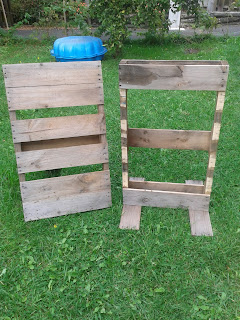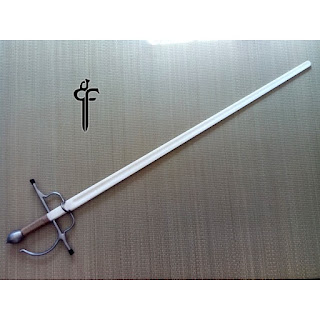Some thoughts around "warm-ups" and the proper order of training
Firstly, I'd like to correct some misconceptions about what a warm-up is: "a period or act of preparation for a match, performance, or exercise session, involving gentle exercise or practice" A warm-up is the five minutes you spend at the beginning of a session prepping your limbs for the physical activity that's about to happen. This is important because with a little warm-up your body prepares itself physiologically for the exercise that's about to happen and this keeps injuries to a minimum. A few key points about warm-ups: Your action should closely mimic the action that you're about to do Your body only needs a few reps to get up to speed with what's happening (if we needed 30mins of warm-up we'd all have been eaten by tigers a long time ago...) Stretching is not warming up. You can do a warm-up then a few stretches once warm because you're feeling a little tight, that's cool, but stretches are not substitutes for warm-ups. Coo











